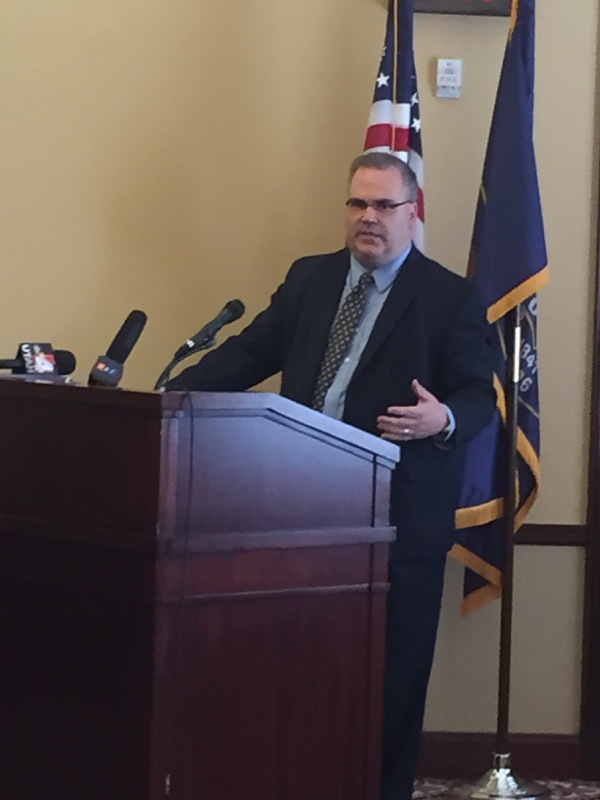AARP Hearing Center

Notalys LLC released its report, Expanding Utah's Health Insurance Options today at a press briefing at the Utah State Capitol, outlining the differences between two plans that were under consideration by the Utah legislature during the last session. Governor Herbert's Healthy Utah plan was passed by the Utah Senate, and Utah Cares was passed by the Utah House of Representatives. Because no agreement was reached on how to cover the more than 50,000 low-income Utahns who currently fall into a health insurance coverage gap--making too much to qualify for Medicaid but too little to qualify for health insurance subsidies--a committee of House and Senate leaders, the Governor Herbert, and Lt. Governor Spencer Cox set July 31 as the deadline for coming up with a plan to address this population.
As summarized in an analysis by Notalys, the Healthy Utah plan significantly expands private insurance for low-income individuals using federal funds during its pilot period. Until the end of 2016, the full risk of the program (i.e., the costs) is borne by the federal government. The state portion of the cost eventually rises to 10 percent by the year 2020.
The Utah Cares plan partially expands the existing Medicaid program and offers primary care (but not specialty care or hospitalization coverage) to those in poverty using a mix of federal and state funds. Cost overruns would lead to a cut in enrollment, and under the Medicaid match the state pays 30 percent of all costs.
Notalys "take-aways" from their analysis were as follows:
- Only Healthy Utah effectively closes the coverage gap. Thousands under Utah Cares will have access only to primary care, which covers only a small part of health care needs.
- Costs for enrollment beyond expectations under Healthy Utah are funded by the federal government for the pilot program. Under Utah Cares, these risks are shared by the state and may result in significant cutbacks.
- Healthy Utah functions predominately through private insurance, which strengthens low-income families, reduces financial burdens on health care providers and hospitals by reducing the amount of uncompensated care, and improves the state's economy by bringing $912 million in benefits to the state.
-
When comparing participants in both programs over a two-year period from 7/1/15--6/30/17 with income below the federal poverty line, Healthy Utah has six times more value per dollar than Utah Cares, at a lower cost with less risk.
The report was commissioned by AARP Utah, Voices for Utah Children, and Utah Health Policy Project. Sven Wilson, Ph.D, Jay Goodliffe, Ph.D, and Katherine Kitterman, MPP of Notalys LLC are the authors of the report.































































